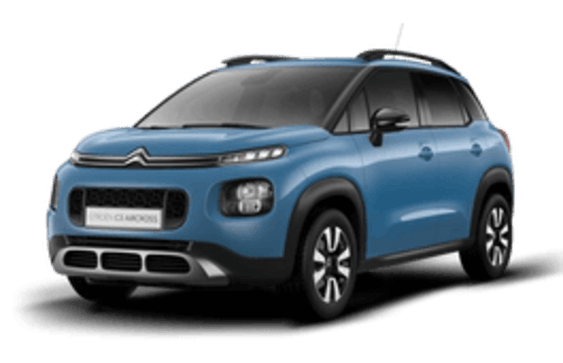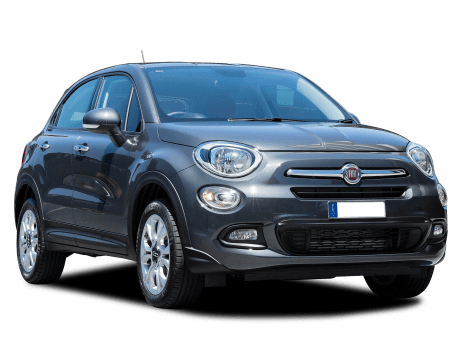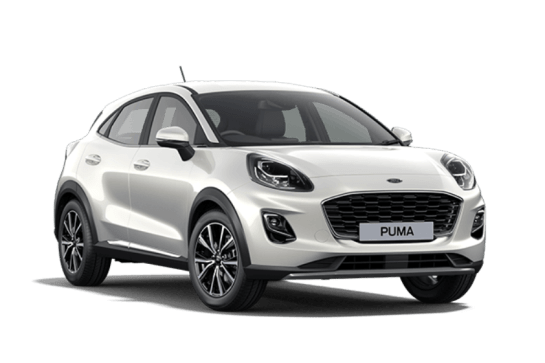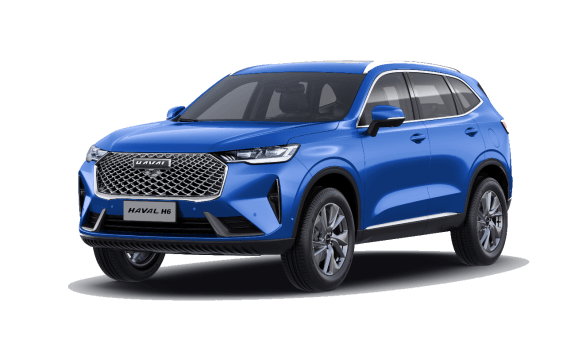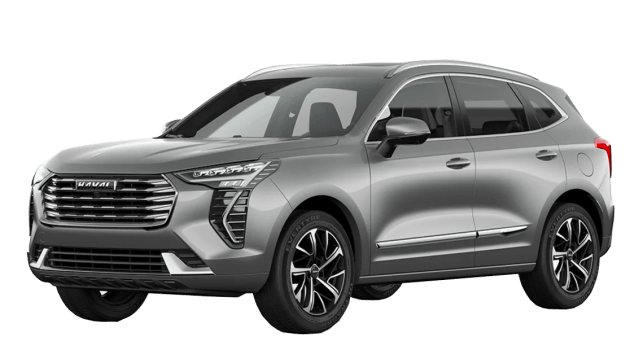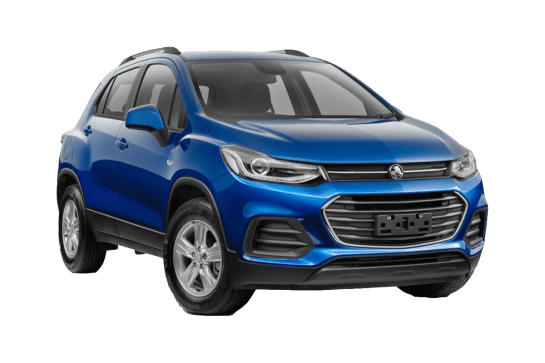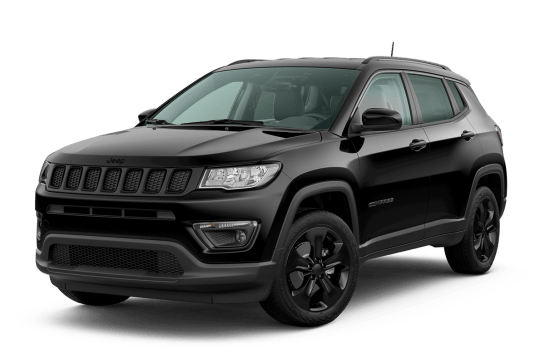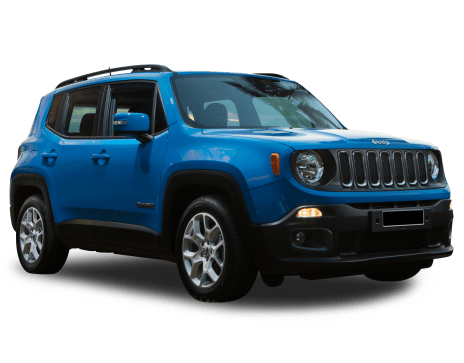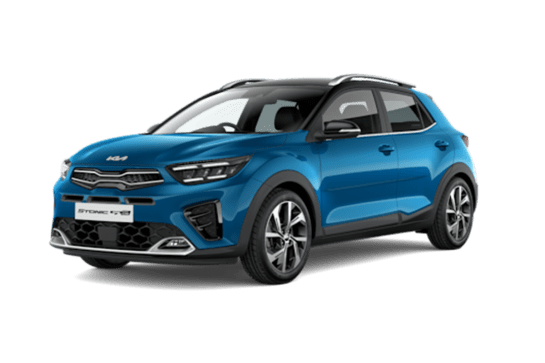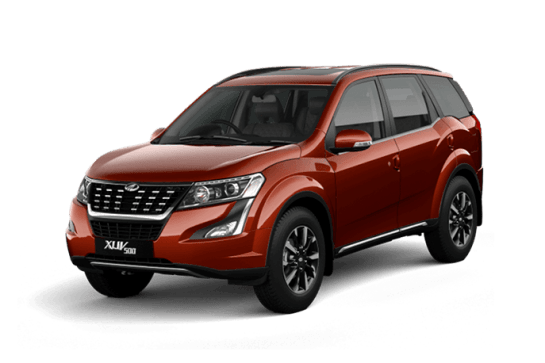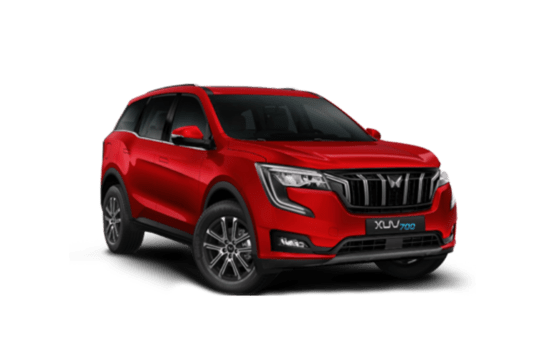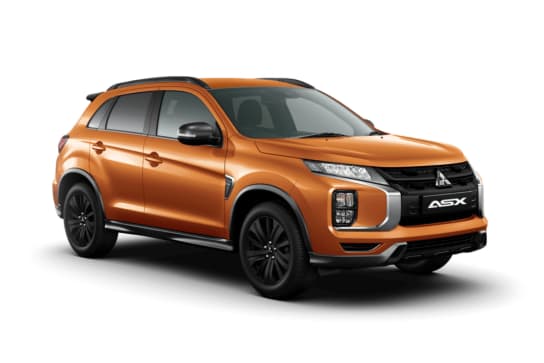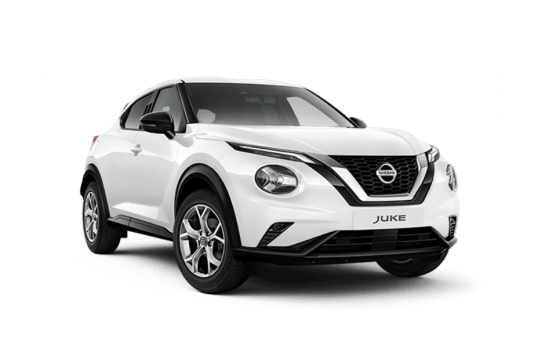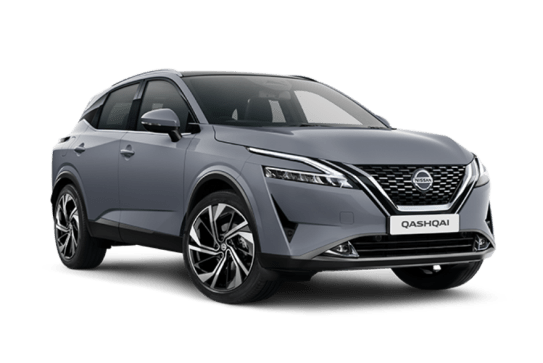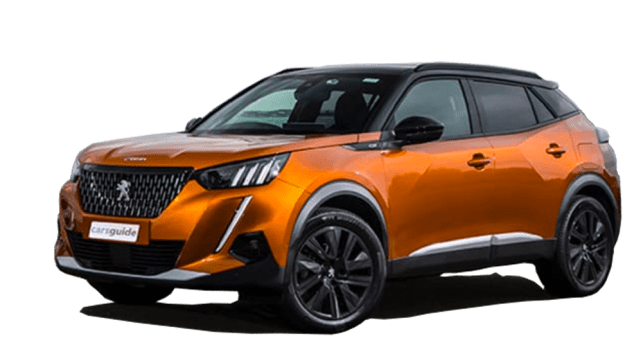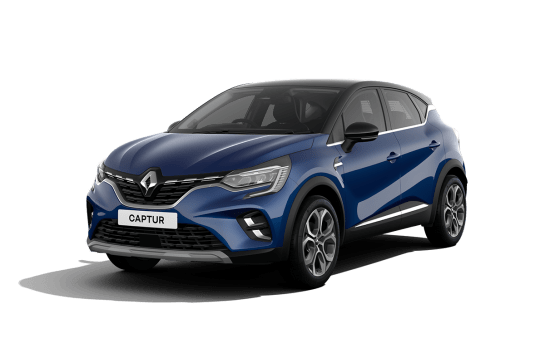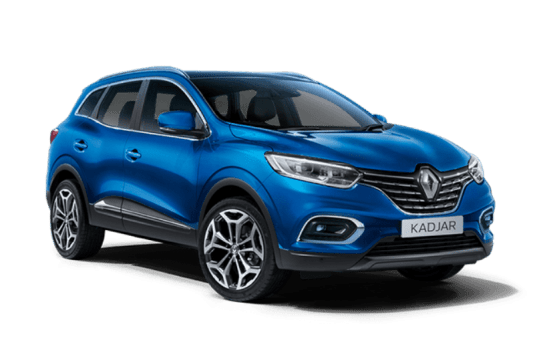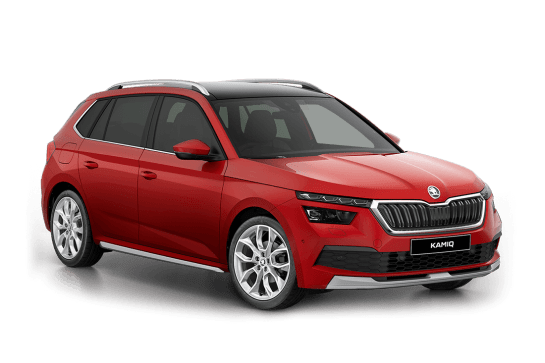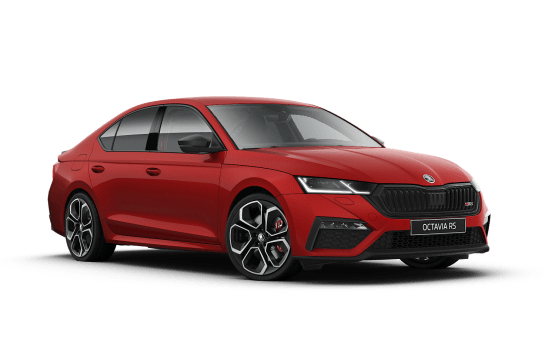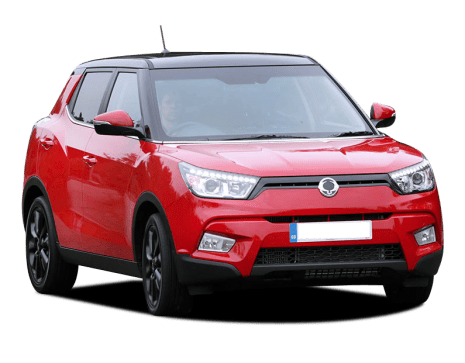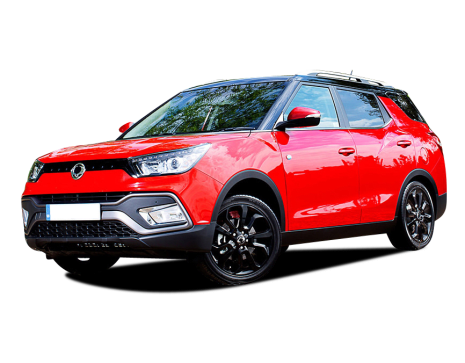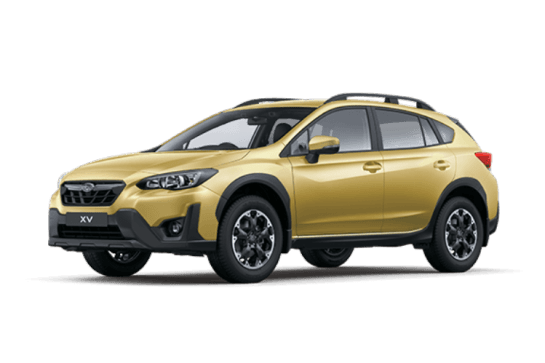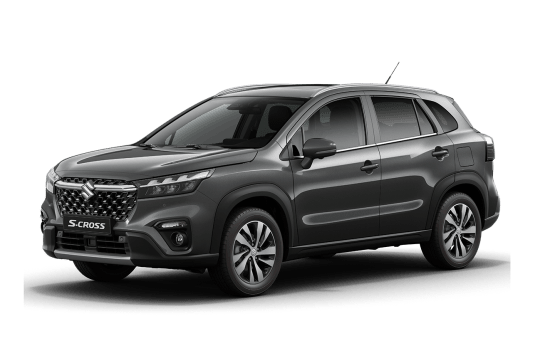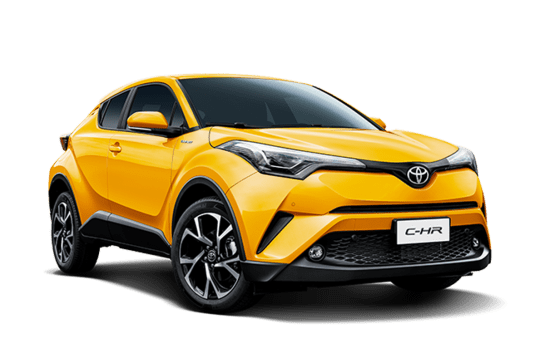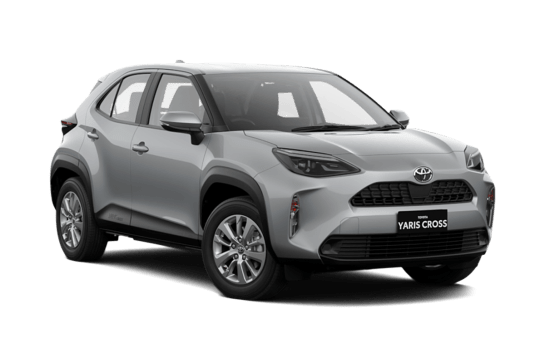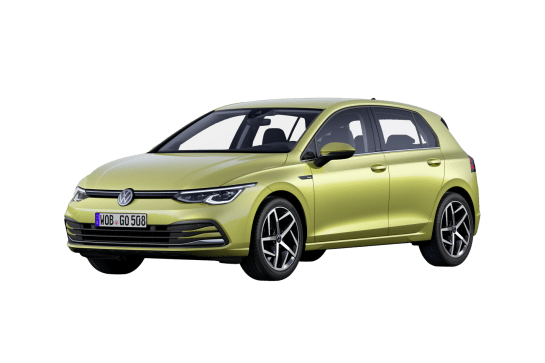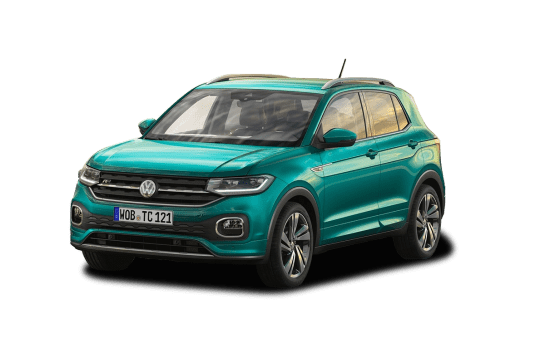
Mazda CX-5 VS Skoda Kodiaq
Mazda CX-5
Likes
- Pleasant and accessible cabin
- Good power and handling
- Well equipped
Dislikes
- Feels compact inside
- Individual storage on the thin side
- Thirsty engine
Skoda Kodiaq
Likes
- Bigger, better than before
- Cabin tech overhaul
- The keen driver's seven-seat SUV
Dislikes
- Hybrid tech unlikely for Oz initially
- Might be thirsty compared to rivals
- Probably won't be more affordable
Summary
Mazda CX-5
This week I’m family testing the new Mazda CX-5 Akera G35 and the top-grade model is well-equipped. But it faces stiff competition in the mid-sized SUV market with rivals like the Honda CR-V, Kia Sportage and the ever-popular Toyota RAV4.
Read more about
- Too many SUVs? New 2024 Mazda CX-70, incoming CX-80 and existing CX-60 and CX-90 won't oversaturate the line-up with SUVs, says Australian boss
- "Unless you have renewable energy, EVs don't make sense": Is Mazda Australia falling behind the electric car curve as hybrid and EV sales pick up?
- 2024 Mazda CX-70 mid-size SUV revealed as wider, more powerful alternative to CX-60, can it take on Volvo XC60, BMW X3 and Mercedes GLC?
How do you remain competitive in one of the most popular SUV classes? My family of three is finding out for you!
| Safety rating | |
|---|---|
| Engine Type | 2.5L turbo |
| Fuel Type | — |
| Fuel Efficiency | 8.2L/100km |
| Seating | 5 seats |
Skoda Kodiaq
It’s time. Life is calling for a seven-seat SUV.
The thing is, you don’t like to follow the crowd, and you’re not drawn by the Nissan X-Trails, Honda CR-Vs and Kia Sorentos of the world. You’re looking for something a little different, a thinking person’s SUV that stands out.
There’s no better time then, to meet the Skoda Kodiaq. Now entering its second generation with some major upgrades, it could be the right SUV for your family. Does it have what it takes to make the case against those very compelling rivals?
Read more about
- If you want a cheaper Skoda, tell them! Here's why the Czech brand won't fight cut-price Chinese rivals such as the MG ZS and Haval Jolion on price alone
- No hybrids, no worries: Skoda says NVES 'not scary' but believes its model mix will need to change in coming years
- Why this electric SUV won't suffer the same fate as the Tesla Model Y and BYD Seal
We drove the Kodiaq in Europe ahead of its Australian arrival to find out.
| Safety rating | — |
|---|---|
| Engine Type | — |
| Fuel Type | — |
| Fuel Efficiency | —L/100km |
| Seating | — |
Verdict
Mazda CX-57.6/10
The Mazda CX-5 Akera G35 offers small families a great host of premium features, as well as solid power and handling – all in an attractive package. But the emphasis here is on ‘small’ families because it’s on the compact side for a mid-sized SUV and its rivals offer more back seat space.
Its ongoing costs are reasonable and I enjoy driving it, so it gets a 7.6/10 from me.
My son calls out the back seat as a bit squishy but he otherwise likes it. He gives it a 7.0/10
Skoda Kodiaq7.9/10
If you’re already a Skoda buyer, you know the drill. I don’t need to tell you the Kodiaq is a genuine off-beat alternative to the mid-sized seven-seaters of the world.
If you’re a newcomer to the idea of a Kodiaq though, you’d be getting by far the best version yet. Not only is this one bigger and packed full of tech, but it’s also distinctly European in the way it drives, setting it apart from popular nameplates from Japan, Korea, and China.
Keep an eye on CarsGuide in early 2025 for detailed pricing and trim levels for the Australian market.
Note: CarsGuide attended this event as a guest of the manufacturer, with travel, accommodation and meals provided.
Design
Mazda CX-5
The Mazda CX-5 hasn’t seen much change to the exterior other than a more horizontally-styled grille. It’s a medium SUV with a handsome kerb-side presence thanks to its full-suite of LED lights and 19-inch alloy wheels. It’s an inoffensive design that should appeal to a wide audience.
The interior looks premium with the brown Nappa leather upholstery and black leather trims. The plethora of soft-touchpoints throughout reinforces that the Akera is the top model.
There's one thing I really like about Mazda and that's how it manages to balance the traditional with the new. The cabin is a seamless blend of the two elements.
The instrument panel features a 7.0-inch digital display but still has analogue dials. There's a 10.25-inch multimedia system on the dash but still a bunch of control buttons and dials to press. The gear shifter is coupled with an electric brake, the sunroof is coupled with a manual blind. You get it.
This duology between high-end tech and traditional elements makes the interior feel up to date but very accessible.
Skoda Kodiaq
Like its Superb sedan sibling, the Kodiaq adopts small changes to a familiar existing formula, despite being significantly upgraded underneath.
The boxy lines of the previous car have been traded out in favour of a few more curves over the wheel arches, while the LED light fittings have been tweaked to keep them looking cutting-edge in an era of more exciting and challenging designs in this SUV space.
It doesn’t rock the boat though. This is still a big oblong of an SUV - but it does lean into the stately quality exuded by larger Skoda models, reflected in its long wheelbase and imposing bonnet height.
Sure, it’s more conservative than BYD’s aquatic Sealion 6 or Hyundai’s Land Rover-emulating Santa Fe, but it also avoids the popular sharp-edged design motifs favoured by the CR-V, RAV4, or Kia Sorento.
The interior receives a massive upgrade, particularly centred around its enormous new 13-inch central touchscreen, but there’s also a pleasing array of soft-touch materials adorning the entire span of the dash, and some nicer highlight trims, too.
The older VW Group switchgear has been swapped out in favour of the latest rotary shifter mounted on the steering column, although the Kodiaq maintains the funky two-spoke steering wheel that appears throughout the brand’s range.
Practicality
Mazda CX-5
Despite sitting in the medium-SUV segment, the CX-5 is on the compact side for cabin space and front passengers benefit the most in terms of leg- and headroom.
Back rowers get a decent amount of headroom but legroom is squishy and my legs press into the back of the drivers seat when its in my driving position, and I'm only 168cm tall!
My seven-year old complained about his space and asked Dad to slide forward for more room, which is something to consider if you have gangly teenagers.
The seat comfort sits on the firmer side for both rows and the electric front seats are narrower and shorter than I like for long journeys but for the A to B trips, they’re comfy enough.
Only the driver’s seat gets powered lumbar support but they both have heat and ventilation functions.
Individual storage is average for this class with a smallish glove box and middle console that has a removable shelf. A deep utility tray, which houses the wireless charging pad and a 12-volt port, sits in front of the gearshift and there are two cupholders in the centre console.
Each door has a shallow storage bin and the front doors also get a skinny drink bottle holder.
For individual storage in the rear, you get map pockets on the rear of the front seats and two cupholders in a fold-down armrest.
The armrest also houses two USB-A ports and the heat function buttons for the outboard seats and it's because of this positioning and the narrower width of the seat, that the back row feels more suited to two, rather than three passengers.
The technology on the whole is easy enough to use but the rotary dial operation of the multimedia system is a bit annoying to access while on the go.
The wireless Apple CarPlay and Android Auto is a great feature and means one less cable to worry about but the built-in satellite navigation with 10-year map updates is a highlight. The head-up display pulls through the nav directions, too, which is always handy.
You also get two USB-C ports and another 12-volt outlet up front, so everyone should be sorted for charging.
The boot features a powered tailgate which is a handy family feature and a temporary spare tyre is located underneath the level floor.
You get 438L of storage capacity with the second row seat upright, which is plenty for my errands and grocery shop. That jumps up to 1340L (VDA) when the rear seats are folded.
The cargo cover attaches to the lid, meaning it stays out of the way when you're loading stuff into the boot.
Skoda Kodiaq
The space inside the Kodiaq feels enormous no matter which seat you’re in, with a tall roof and plenty of width. Up front, there’s a commanding view of the road, while adjustability for the seats seems extensive (although we only tested a high-spec car with electrically adjustable seats).
The new screens offer sharp software which is much better laid out than before. This makes it relatively easy to find all the functions of the car, although the resolution is so high some shortcuts can be a little hard to jab at.
The real win here is the new set of three rotary dials set below the screen in place of the touch-based sliders in other VW Group products. The two outside dials control the temperature of the climate zone, or it can cycle through the heating and ventilation for the outside seats. The centre dial controls fan speed, drive mode, or volume. It’s even customisable so you can remove functions you don’t want if you’re tired of having to press it a few times to get the function you want.
There’s no shortage of storage up front including large door pockets, cupholders in the centre console, and a massive rubberised tray for the wireless charger which disappears below the rotary dials up front.
The centre console is now enormous and features a set of floating trays that can be removed. These feature conveniently-sized brackets for quick access to keys or wallets, and included here is a little suede-style cleaning block for the touchscreen. It’s part of Skoda’s signature ‘simply clever’ features and I must say I’ve never seen it before, so props to the brand for including something new.
The rear seat is, of course, enormous, offering me plenty of room at 182cm tall behind my own driving position. Unfortunately, this car’s platform requires a significant raise in the floor below the centre seat position, which eats into legroom for centre passengers.
Back here, there’s also plenty of amenities. In the car we tested, which is reflective of what high-spec cars in Australia will be equipped with, there's a rear climate zone (rare for the segment) with an independent controller, adjustable air vents, USB-C ports, and even built-in sunshades and heated outboard seats.
Unfortunately I couldn't test the third row in our brief time with the car, although the second row is on rails, so the amount of room on offer isn’t fixed at any rate. Check back for our Australian launch review for a better analysis of the third row.
With the third row seats folded the boot offers an impressive 910 litres of space, or an ambitious 340L with the third row up. It also has its share of ‘clever’ touches, like velcro cargo dividers, an included cargo net (in addition to the sliding cover), and bag hooks on either side.
Price and features
Mazda CX-5
There are five grades for the CX-5. The top two grades, the GT SP and Akera, have a choice between a 2.5-litre petrol or turbo-petrol engine.
On test here is the flagship Akera grade with the 2.5L turbo-petrol engine. Before on-road costs, it is priced at $55,000. That positions it towards the top-end of its competitors with the Kia Sportage GT-Line AWD coming in at $49,920 (MSRP) and the Toyota RAV4 sliding in just under at $54,410 (MSRP). However, the new Honda CR-V is more expensive by $2.0K.
The Akera is well-equipped with premium features like a sunroof, heated and ventilated front seats, heated rear outboard seats, a heated steering wheel and brown Nappa leather upholstery.
The technology is well-rounded with a 10-speaker Bose sound system, wireless Apple CarPlay and Android Auto and a 10.25-inch multimedia system with built-in satellite navigation (including map updates for 10 years).
There are some good practical features, too, like a powered tailgate, keyless entry and start as well as powered lumbar support on the drivers' seat.
Skoda Kodiaq
Because we’re testing European cars and the company hasn’t even started building right-hand drive examples for Australia, it’s too early to tell what the price will be, but Skoda tells us for now to expect it to stay around the same level as the outgoing car.
That should mean you can pick up a base model from the mid-$50k region, with high-spec versions reaching to the high $60-grand bracket.
When it comes to variants, we can expect there to be a new entry-level Select version with boosted standard equipment. From there, it’s likely we’ll see a more luxurious option pack and a self-explanatory Sportline version reflecting the current range. A replacement for the outgoing top-spec RS is yet to be confirmed.
This price region puts the Kodiaq in close competition with some notable rivals. In the seven-seat SUV space this includes the Nissan X-Trail, Honda CR-V, and outgoing Volkswagen Tiguan Allspace.
Half a size (and price-bracket) up will net you versions of the cool-looking Kia Sorento or the dramatically redesigned Hyundai Santa Fe, notably both cars available as hybrids, while the Kodiaq won’t be.
We’ll talk about powertrains later, but standard equipment will be bumped to include a 13-inch multimedia touchscreen with slick new software, as well as wireless Apple CarPlay and Android Auto connectivity. There’s also an upgraded version of the VW Group digital instrument cluster, an improved array of switchgear and extended soft-touch interior materials.
What will be missing for the Australian launch is the full array of connected services features that were included in the Euro-spec cars we tested.
Keep an eye out for final spec closer to the Kodiaq’s Australian on-sale date in quarter one 2025.
Under the bonnet
Mazda CX-5
The Akera is an all-wheel drive with a six-speed auto transmission and our test model has the 2.5-litre four-cylinder turbo-petrol engine that produces a maximum power output of 170kW and 420Nm of torque. The turbo ensures it never feels sluggish, even when you’re hitting hills.
Skoda Kodiaq
Expect evolution not revolution here, with the Kodiaq likely to maintain a 2.0-litre turbocharged petrol engine and all-wheel drive in the Australian market.
This is likely to be an updated version of the engine in the current outgoing model, which in overseas spec produces 150kW/320Nm. It is not in production yet, so the car we drove for this test was a 2.0-litre turbo diesel (which won’t be launching in Australia) producing 142kW/400Nm. Either way, expect a seven-speed dual-clutch automatic transmission.
Frustratingly, we won’t be getting hybrids of any kind, at least at launch. Overseas, the Kodiaq is available with a 1.5-litre turbocharged four-cylinder engine in either mild hybrid (MHEV) or ‘iV’ plug-in hybrid (PHEV) forms.
Efficiency
Mazda CX-5
The compromise for getting extra power from the turbo is fuel efficiency takes a hit.
The official combined fuel cycle figure is 8.2L/100km but my real-world usage came out at 10L/100km. That’s after mostly open-road driving this week, too, so it’s a bit thirstier than I was expecting.
Based on the combined cycle number and the 58L fuel tank, expect a driving range of around 784km – which is still great for the odd road trip.
Skoda Kodiaq
Expect similar fuel consumption to the outgoing car which sits at 8.2L/100km. VW Group turbocharged engines require 95RON unleaded fuel and the new Kodiaq has a variable fuel tank size depending on the engine. Check back closer to its local arrival to see more accurate figures for Australia.
It is unfortunate that it seems hybrid powertrains won’t be making it to our shores, at least in the short term, which will make it difficult for the Kodiaq to compete with hybrid versions of the Kia Sorento, Hyundai Santa Fe and Honda CR-V on the fuel efficiency front.
Driving
Mazda CX-5
The Akera turbo-petrol delivers a decent well of power to dip into and it feels peppy in most situations. Even when you’re overtaking or getting up to speed you don’t feel like you’re nearing the bottom of the power barrel.
Steering is responsive and the car is agile when you tackle narrow car parks or streets. However, you still get some roll in corners which my passengers felt more than I did.
The cabin is quiet, even at higher speeds and the suspension is firm enough that you feel the bumps but you’re not jostled about. The ride comfort is still good.
I’ve said it before but I love parking medium SUVs because their size is so forgiving in a car park! The Akera is no different and it’s especially easy thanks to the ultra-clear 360-degree view camera system. You also get front and rear parking sensors to help out when needed.
Skoda Kodiaq
Like its immediate relations, the Skoda Superb and incoming third-generation Tiguan, the Kodiaq’s upgraded platform comes with some notable enhancements when it comes to the experience behind the wheel.
Core changes to suspension and rigidity to the platform make for a big SUV which feels surprisingly reactive in the corners, which is doubled-down on thanks to accurate steering.
It also responds nicely to a prod of the accelerator thanks to punchy engine options and the dual-clutch auto which shifts fast and unlike a CVT lets you ride the gears out for better power delivery.
We only sampled the more powerful of two 2.0-litre four-cylinder turbo-diesel engines, although the 2.0-litre turbocharged petrol unit which we know will ship in Australia is an upgraded version of an existing well-loved engine that will only perform better with less lag.
Sure, the Kodiaq is further off the ground and heavier than some of its VW Group contemporaries, and has to work harder to tame these factors, but it’s rare in the seven-seat SUV segment to have this much fun behind the wheel.
The X-Trail and CR-V for example, may be a little smoother in traffic, especially in hybrid forms, but even cars with comparable dual-clutch set-ups like the Kia Sorento and Hyundai Santa Fe can’t compare to the Kodiaq in terms of driver engagement.
Ride quality for those moments on less than impressive road surfaces was hard to gauge on the finely-crafted European roads we drove the Kodiaq on, but the previous car was already good and I’d expect the upgraded suspension on this new one to feel even better.
Even the improved switchgear (specifically, those new control dials), and the minimally invasive active safety equipment adds to the Skoda’s appeal.
If you need seven seats, you like to drive, and you don’t want to spend truly premium dollars, it’s hard to get better in this segment.
Safety
Mazda CX-5
The Akera has a bunch of safety features that are always great to have on a family SUV and a standout is the 360-degree camera system. It’s super clear and well-positioned on the dashboard for easy viewing.
Standard safety items on the Akera include LED daytime running lights, blind-spot monitoring, rear cross-traffic alert, lane departure alert, lane keeping aid, a head-up display, adaptive cruise control, a driver fatigue monitor, AEB, forward collision warning and traffic sign recognition.
The previously awarded five-star ANCAP safety rating for this model has just expired and models built from January 2024 onwards are thus unrated. The CX-5 features six airbags, which is a little low for a family car but I like how many safety features this has overall.
There are ISOFIX child seat mounts on the rear outboard seat positions and three top-tethers but two seats will fit best. Front occupant comfort is compromised when a 0-4 rearward facing child seat is installed.
Skoda Kodiaq
We don’t have final spec for the Australian market, but expect the Kodiaq to maintain all the key active safety items as standard.
These include auto emergency braking (to freeway speeds), lane keep assist with departure warning, blind spot monitoring and rear cross-traffic alert. Additionally, the Kodiaq gets traffic sign recognition, an upgraded driver attention alert, and an auto-parking suite.
It is also now better at detecting objects and vehicles around it thanks to a new set of ‘nano radar’ sensors in both the front and rear bumpers.
The new Kodiaq has nine airbags and was recently awarded a maximum five-star EuroNCAP rating. Tune back in closer to its Australian arrival in Q1 of 2025 to see whether the safety rating transfers across to ANCAP.
Ownership
Mazda CX-5
The CX-5 comes with a five-year/unlimited km warranty, which is average cover for the class but some of its rivals offer longer terms.
There is a five-year, or up to 75,000km capped-price servicing program and services average $423 per workshop visit, which is competitive.
Servicing intervals are reasonable at every 12 months or 15,000km, whichever occurs first.
Skoda Kodiaq
Skoda is the first European brand to take a shot at a seven-year and unlimited kilometre warranty, so points there for moving the game forward.
On top of that, you can expect the usual seven-year pre-paid service pack the brand offers on its other models, although check back in for the details as they become available in Australia. Generally these packs strike a reasonable middle ground between the affordable servicing of brands like Toyota and the more expensive Subaru.
Skoda is also currently pushing a guaranteed future value program and favourable finance with more transparent terms than some of its competitors. Check back in early 2025 for all the numbers.







